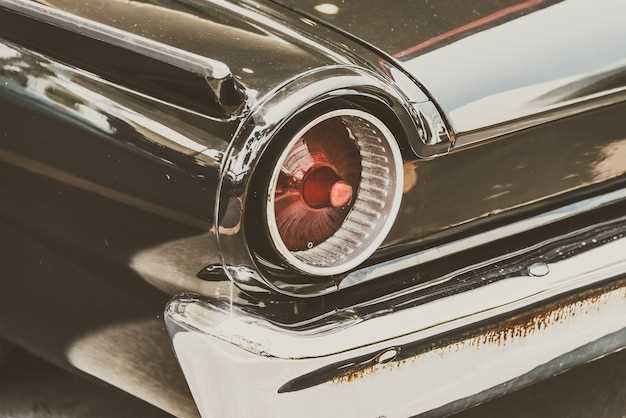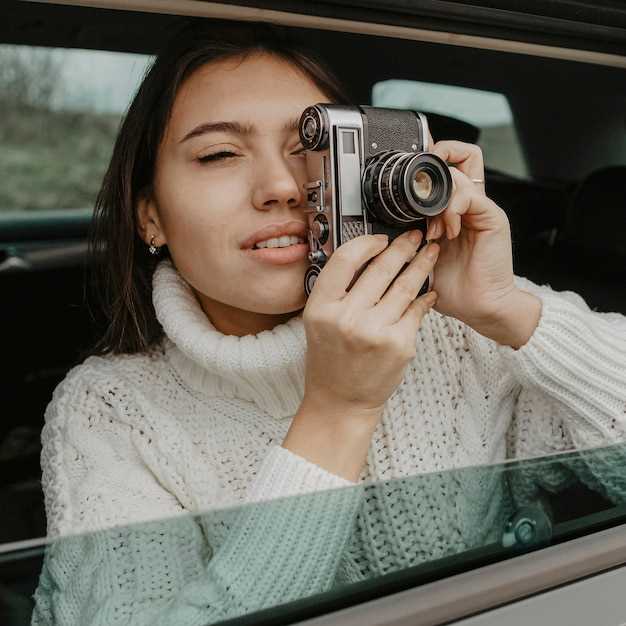
In the world of automotive photography, capturing the elegance of classic cars requires not only a keen eye but also the right tools for enhancing those photos to perfection. Whether you’re a seasoned photographer or a passionate car enthusiast, understanding the nuances of editing is essential to bring out the best in your visual compositions. By mastering a few essential techniques, you can transform simple snapshots into stunning showcases of vintage automotive artistry.
The art of editing classic car photos goes beyond basic adjustments; it involves utilizing specialized tools to highlight the unique features and intricate details that define these vehicles. From adjusting lighting and contrast to fine-tuning color accuracy, every aspect contributes to a more captivating image. Additionally, knowing how to manipulate backgrounds and incorporate textures can elevate your photos, making them both visually appealing and authentically representative of the car’s era.
Whether you’re using high-end software or user-friendly apps, the key lies in understanding the capabilities of your editing tools. With the right techniques at your disposal, you can create vibrant and dynamic images that not only reflect the beauty of classic cars but also tell a story that resonates with fellow enthusiasts.
Choosing the Right Editing Software for Classic Car Photography

When it comes to enhancing the visual appeal of classic car photographs, the right editing software plays a crucial role. Selecting tools that align with your style can significantly improve your workflow and the final output. Various options cater to different levels of expertise, so it’s essential to consider your own skills and requirements.
Beginner editors may find software like Adobe Lightroom or Capture One particularly useful due to their user-friendly interfaces. These programs offer essential adjustments such as exposure, contrast, and color correction, making it easier to achieve a polished look without overwhelming complexity.
For those looking to explore more advanced capabilities, Adobe Photoshop is a powerful choice. Its extensive features allow for intricate adjustments, including layering, masking, and retouching. This versatility enables photographers to tailor their edits to reflect their unique style, ensuring the classic car shines in its best light.
Additionally, consider exploring options like GIMP or Affinity Photo, which can provide advanced editing tools without the subscription cost of more prominent software. These tools still offer robust functionalities to manipulate images and create unique visual compositions.
Ultimately, the choice of editing software should resonate with your personal style and editing demands. Experiment with different tools to find what best enhances your classic car photography, ensuring your images reflect both the beauty of the vehicles and your artistic vision.
Mastering Color Correction Techniques for Vintage Car Images

When it comes to editing vintage car images, mastering color correction techniques is essential for achieving a stunning visual result. The unique patina and character of classic cars can be enhanced through thoughtful adjustments that make the images more appealing and true to life.
Begin by assessing the initial color balance of your photograph. Often, vintage images may have an outdated color cast due to age or poor lighting conditions during the shoot. Using editing tools such as Adobe Lightroom or Photoshop, you can correct these color imbalances by adjusting the temperature and tint sliders. Aim for a natural harmony that reflects the actual color of the car and its surroundings.
Next, utilize the curves tool to refine the color channels individually. This allows you to adjust the reds, greens, and blues separately, enhancing the overall tonal quality of the image. A gentle S-curve can add depth and richness, bringing out the unique qualities of the car’s paint job.
Saturation and vibrance adjustments are crucial for vintage car photography. Slightly increasing saturation can make colors pop, but be cautious not to overdo it, as it may lead to unnatural results. Instead, consider boosting vibrance, which selectively adjusts the intensity of the less saturated colors, preserving skin tones and other delicate hues.
Another essential technique is using selective color adjustment. This allows you to highlight specific colors found on a classic car, like the bold red of a vintage Mustang or the deep blue of a classic Corvette. Shift the sliders to enhance specific hues while keeping others subdued for a balanced overall look.
Finally, always remember to utilize the history brush or layer masks in your editing tools. These allow for fine-tuning and reverting specific adjustments, enabling you to experiment freely without permanently altering your original image. Mastering these color correction techniques will not only elevate your vintage car images but also enhance their visual storytelling, preserving the beauty and legacy of these classic automobiles.
Applying Filters and Textures to Enhance Classic Car Aesthetics
To effectively enhance classic car photos, the use of filters and textures is essential. These visual tools can help bring out the vintage charm and character that defines classic vehicles.
Here’s how to use filters and textures effectively:
- Choose the Right Filters
- Opt for vintage or sepia filters to evoke nostalgia.
- Consider black and white filters for a timeless look.
- Use soft focus filters to achieve a dreamy effect.
- Adjust Filter Intensity
Overusing filters can mask the car’s details. Always adjust the intensity to maintain balance.
- Experiment with Color Grading
Color grading enhances mood and highlights specific features. Warm tones can emphasize the car’s classic nature, while cool tones might lend a modern feel.
Textures also play a significant role in enhancing the overall aesthetic:
- Overlay Textures
Applying textures such as scratches, dust, or lens flares can add depth. This method provides a sense of history and character.
- Blend Modes
Use different blend modes to integrate textures harmoniously with the photo. Experiment with options like “Overlay” or “Soft Light” to find the best fit.
- Layering Techniques
Layer multiple textures to create a rich, complex visual experience, ensuring that the classic car remains the focal point.
Incorporating filters and textures is a powerful way to enhance classic car photography. By selecting the right tools and techniques, you can elevate your images and showcase the timeless beauty of these vehicles.


